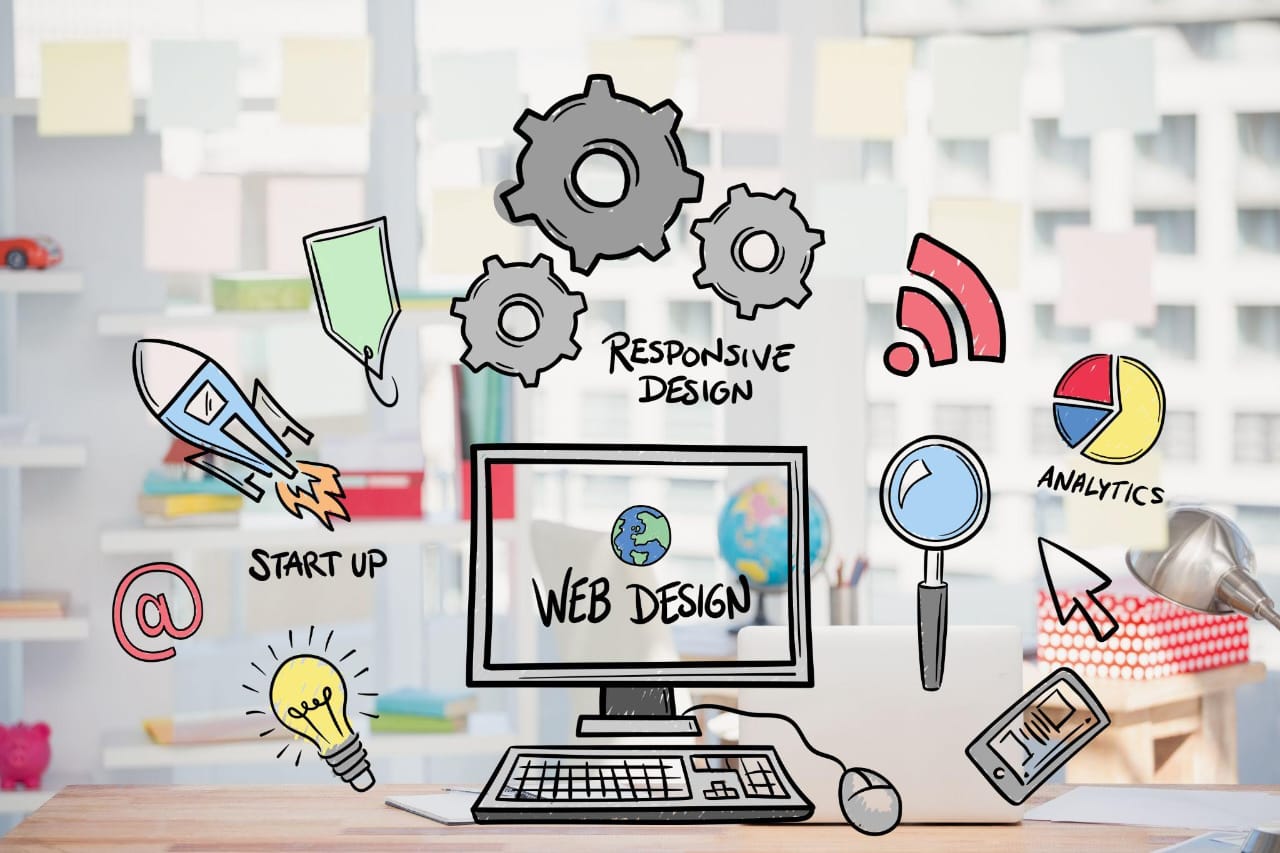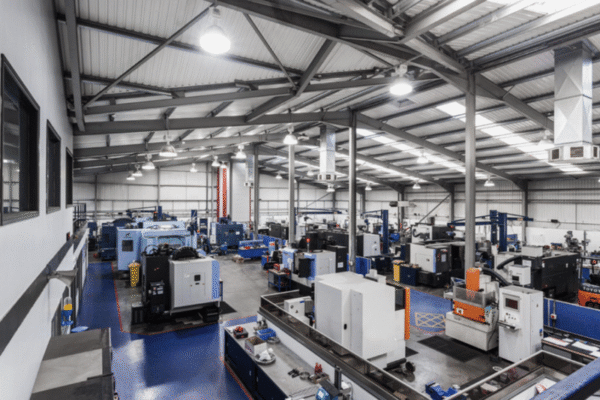In the current world of speed and digitalization, contemporary web design is not only about beauty but the smooth, intelligent and effective experiences. Users demand sites that are not only beautiful but also provide hassle free navigation, fast response and relevant interactions. The simplicity and innovation at the same time where design simplicity meets the strength of developed technology is where the new era of design succeeds.
The Evolution of Modern Web Design
The past ten years can be traced back to the time when web design was characterized by crammed pages with text and pictures, and minimalist designs that are user-oriented. This change is an indication of the shift in user expectations , visitors are less appreciative of flashy effects or an overload of content in favor of simplicity, speed, and customization. A web design agency Leeds would affirm that modern users value clarity and efficiency over clutter.
Contemporary web design has adopted clean interfaces, responsiveness, and data-driven decision-making to create experiences that are engaging rather than overwhelming. This ensures that each click counts and each design detail matters.
Why Simplicity Is the Core of Modern Design
1. Minimalism Enhances User Focus
Minimalistic design is used to direct users in the most important content. There is less colour palette, white space and structured typography, which reduces cognitive overload so that visitors can pay attention to what your brand or product is saying.
As an illustration, the Apple web site can be considered as an example of simplicity: there is a little text, a clear image, and a straightforward action. This method inspires confidence and makes the experience of the visitor hassle free.
2. Faster Load Times and Better Performance
Lightness in design is equated to lighter websites. Reduced animations, smaller images, and smaller code base guarantee quicker loading rates which are important considerations in user experience and search engine performance.
According to a study conducted by Google, 53 percent of the users abandon a site when it takes more than three seconds to open. This is directly opposed by a simple design that is modern.
3. Improved Mobile Responsiveness
Since most of the global traffic is through mobile devices, recent web designs have been focused on responsive layouts. The key to simplicity is to make sure that things can be used on all screens, being usable and good looking whether on a phone, tablet, or desktop.
Innovation: The Engine Driving Modern Web Design
It is not enough to be simple, and it is innovation which makes web design competitive. It concerns the incorporation of new technologies, design philosophies in order to improve interaction and personalization.
1. AI and Personalization
Artificial intelligence (AI) enables websites to provide customized experiences depending on the actions of the user. Custom product search suggestions to dynamic layouts, AI-based design ensures that users are entertained and that they can boost their conversion.
As an example, eCommerce websites enlist AI to showcase user-specific dynamic homepages, which enhance an increased level of customer satisfaction and purchase.
2. Motion and Micro-Interactions
Micro-interactions are small animations, which make a web site look alive. The impression of responsiveness and delight is generated when a button fades between colours or a notification slides in quietly.
These minor details render websites intuitive without undermining the simplicity.
3. Voice and Gesture Interfaces
Voice and gesture interfaces are also being adopted in modern web design particularly to ensure ease of use and accessibility. Voice search optimization helps to optimize SEO by aiding the inclusive design principles.
Balancing Simplicity and Innovation: Best Practices
The ability to balance simplicity and innovation must be done with purpose. To do it effectively it can be done in this way:
1. Prioritize User Experience (UX)
Each design choice must be useful. User test, heatmap test, and engagement data will allow you to continuously improve layouts that actually connect with your listeners.
2. Leverage Modern Design Frameworks
Create clean, flexible, and innovative designs more quickly with the help of such tools as Figma, Webflow, or Tailwind CSS. These tools give designers the ability to experiment with usability.
3. Focus on Accessibility and Inclusivity
Novelty of designs must be made available to all. Make contrasting colors, images used have alt-texts and make sense of your site; it will suit various people.
4. Embrace SEO-Friendly Practices
Contemporary web design and search engine optimization are inseparable. Make sure to use descriptive headings, optimized images, load fast pages, and structured content to guarantee the appearance in search engines in addition to making the design simple.
Examples of Modern Web Design Done Right
- Dropbox: Clean layout, clear messaging, and delightful animations combine simplicity with functionality.
- Airbnb: Minimal visuals paired with AI-driven recommendations make browsing effortless and personalized.
- Stripe: Balanced whitespace, bold typography, and interactive elements create an innovative yet simple experience.
These brands demonstrate that modern web design doesn’t need complexity to stand out — it needs clarity, consistency, and creativity.
Conclusion
In the world of modern web design, the most powerful experiences arise when simplicity meets innovation. A clean, focused interface supported by cutting-edge technology creates a site that not only looks beautiful but performs brilliantly — a principle strongly emphasized in ecommerce website development Leeds services.
By prioritizing user experience, integrating emerging technologies, and keeping design minimal yet intelligent, you can create a website that captures attention, builds trust, and drives conversions , the true mark of modern digital success.
FAQs
1. What makes a website design “modern”?
Modern web design emphasizes simplicity, usability, and innovation. It combines minimalist layouts, responsive frameworks, and advanced technologies like AI and motion design to create seamless digital experiences.
2. Why is simplicity so important in web design?
Simplicity enhances usability, reduces distractions, and improves loading speed — all of which lead to higher engagement and better SEO performance.
3. How can I balance creativity and simplicity in my website?
Use bold visuals and innovative features sparingly, ensuring every design element serves a functional purpose. Combine modern technologies with minimalist design to achieve a clean yet dynamic website.






